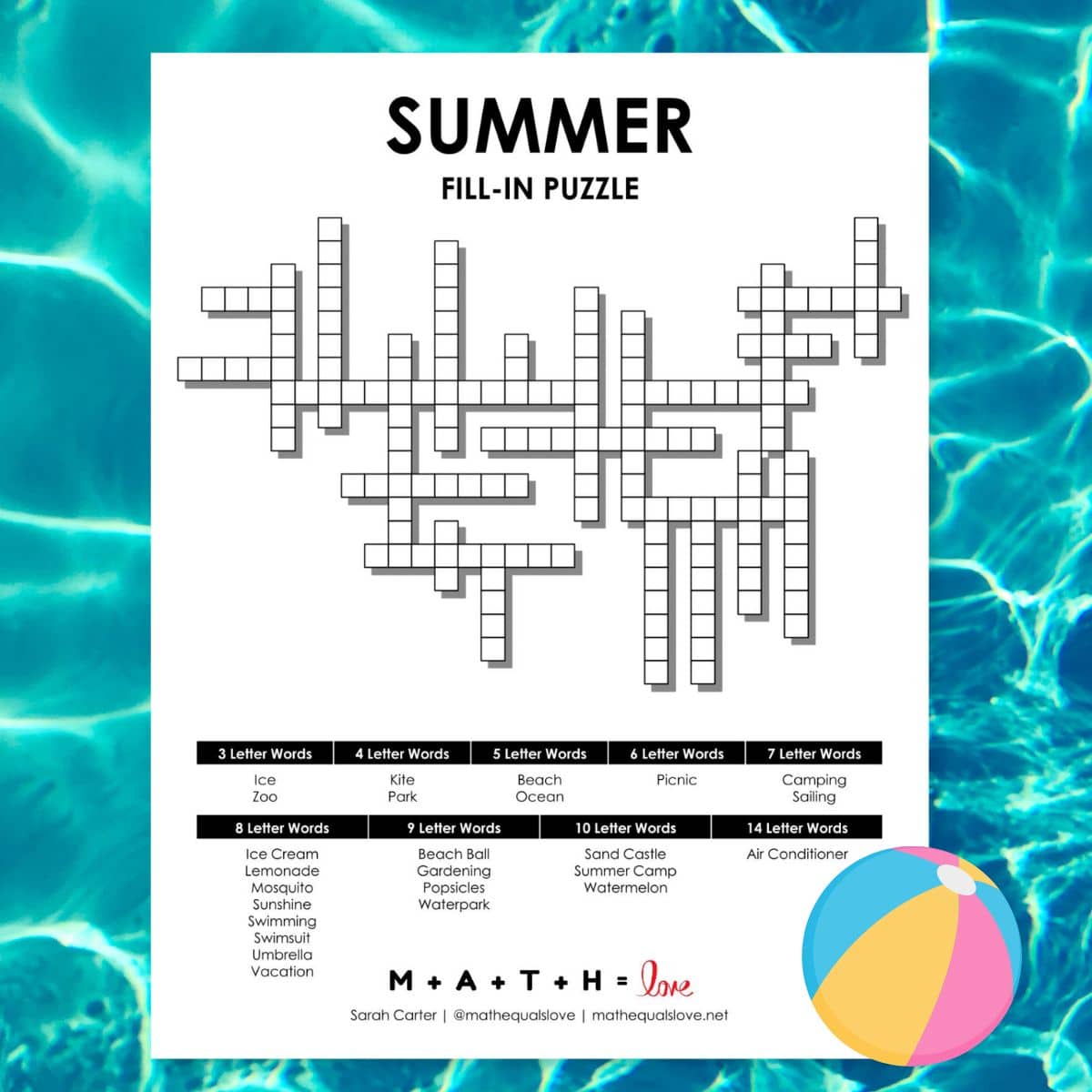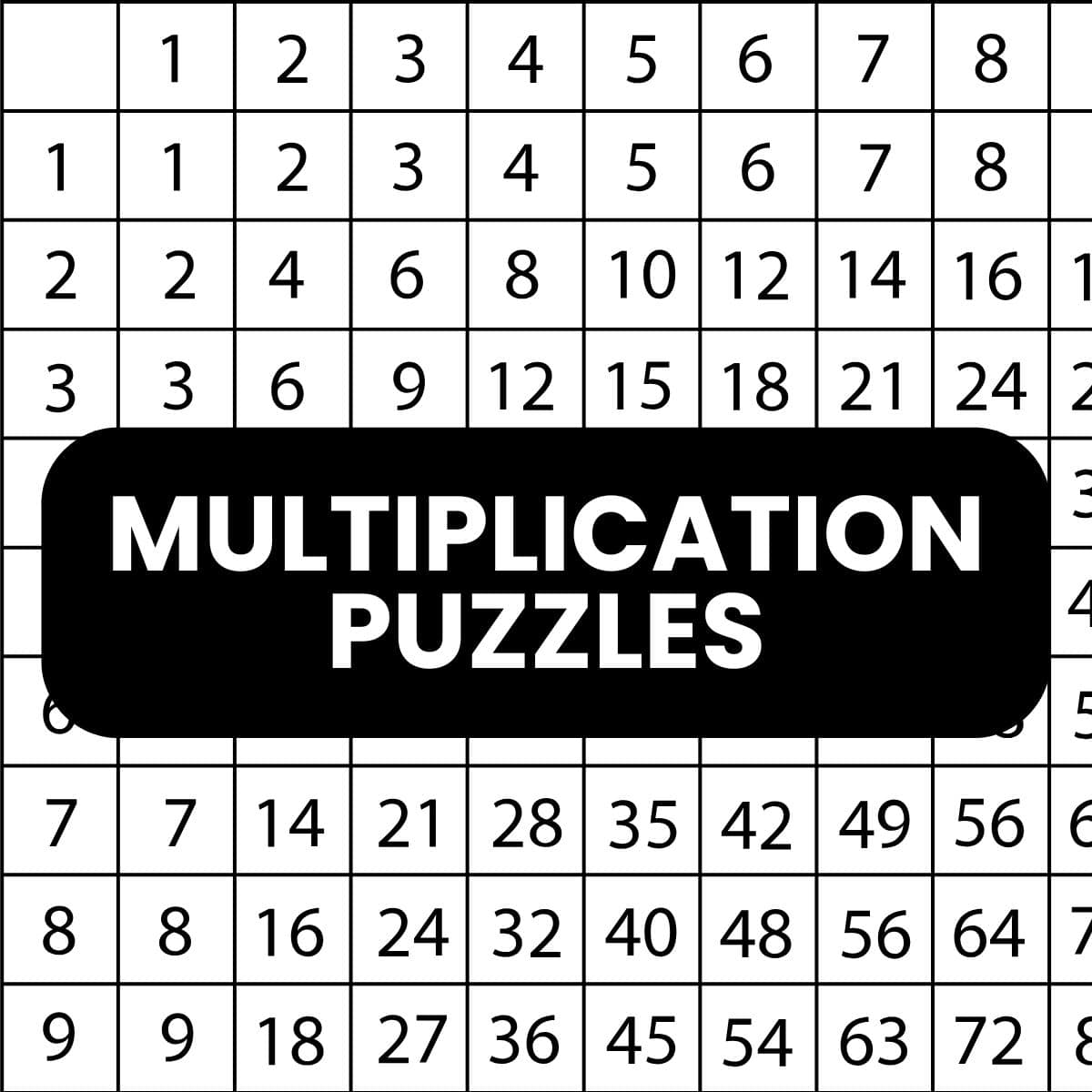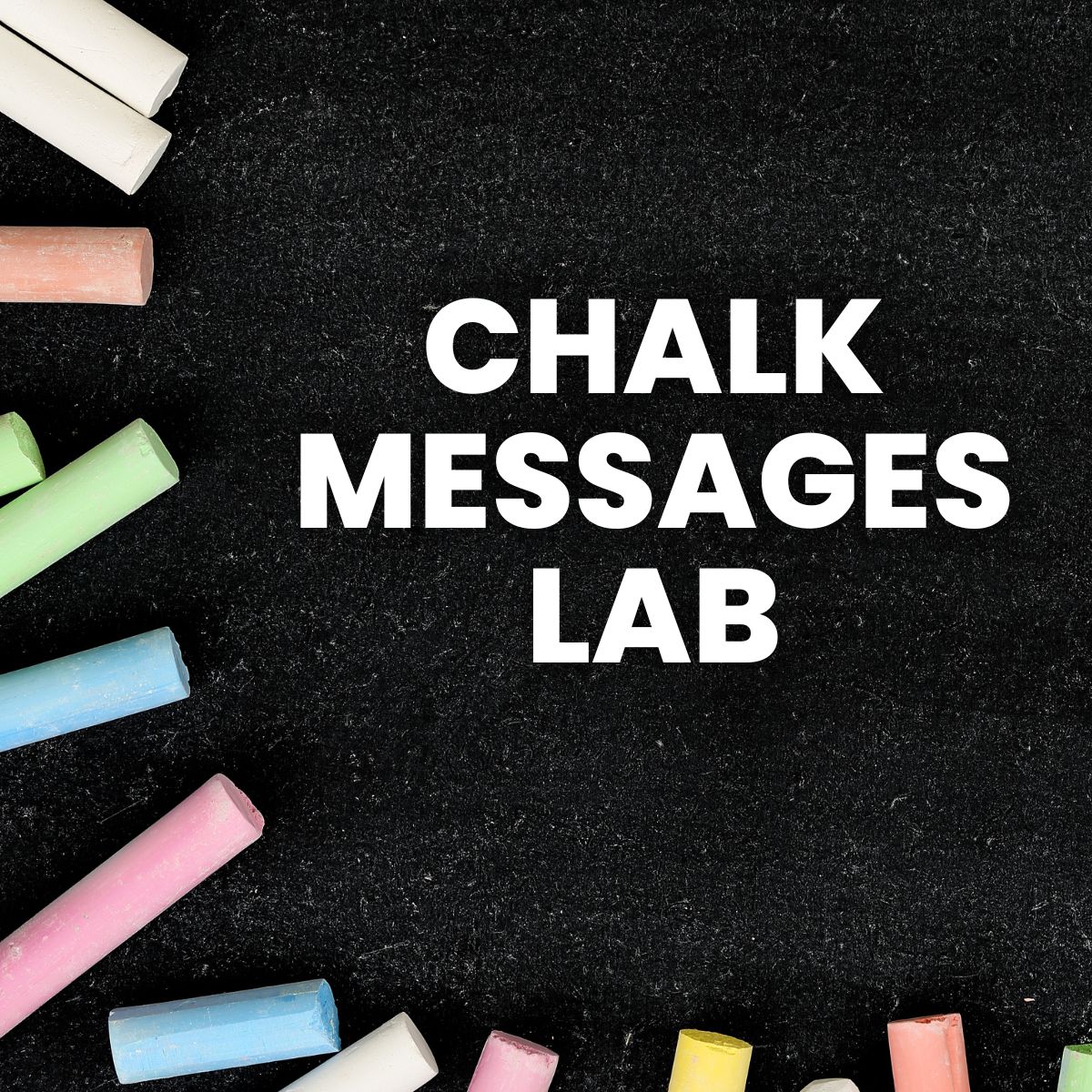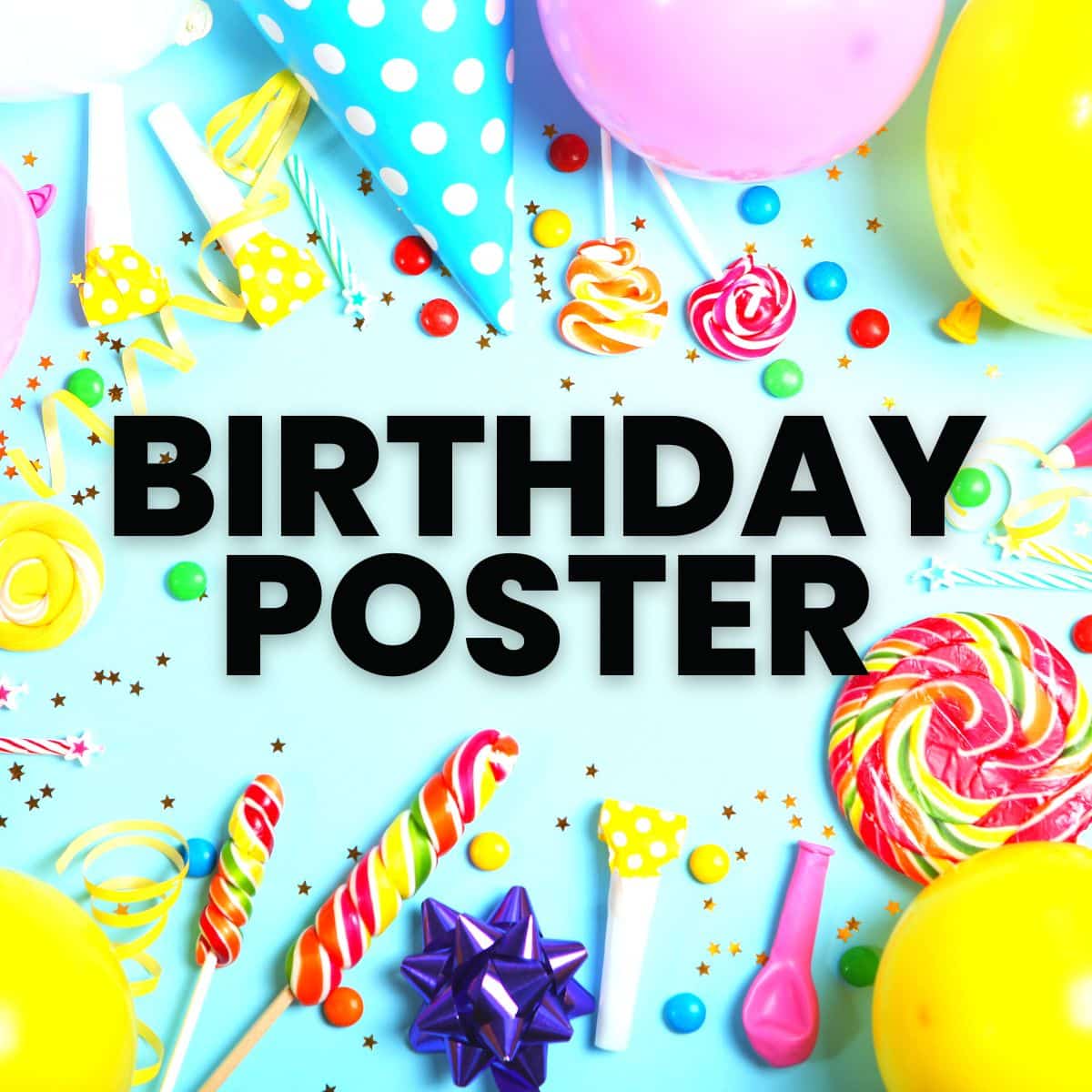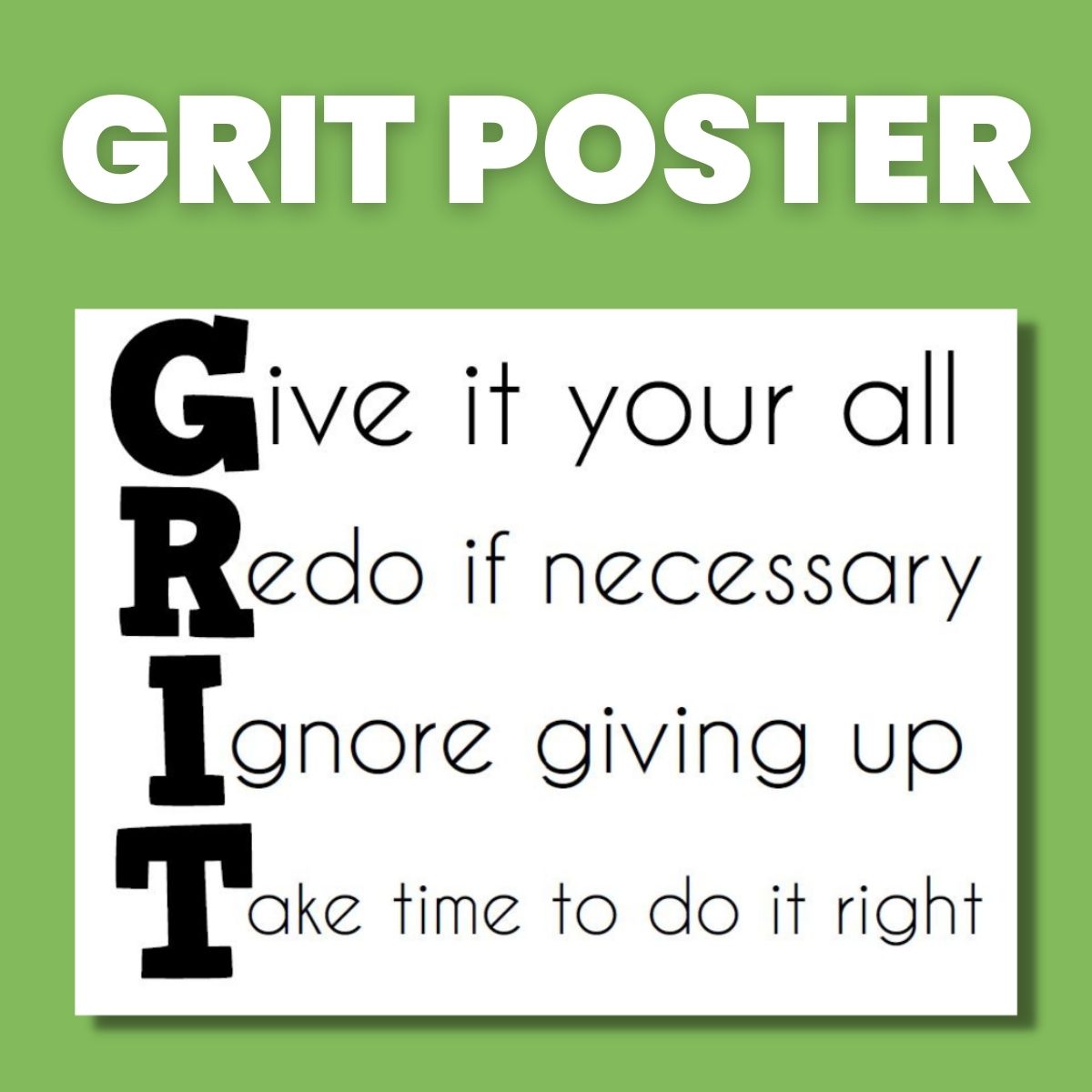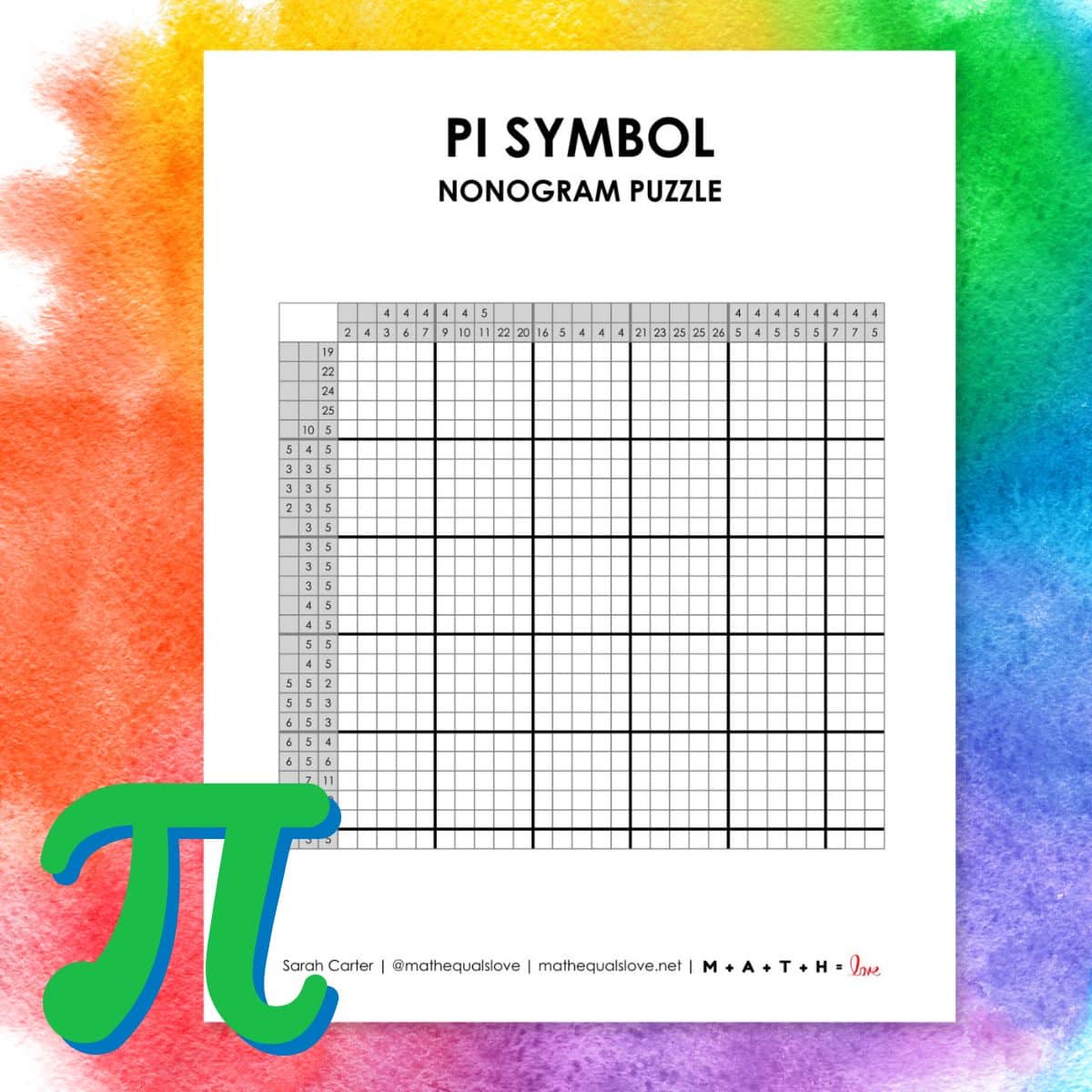Paper Plate Bohr Models Project
This blog post contains Amazon affiliate links. As an Amazon Associate, I earn a small commission from qualifying purchases.
I am so excited about these paper plate bohr models!

One of our main goals in physical science is to recognize patterns in the periodic table based on valence electrons. Before we can jump to talking about valence electrons, we first need to just learn about the placement of electrons in the atom.
After doing a foldable with lots of practice Bohr models, I assigned each student 1-2 elements to create bohr models for.
We used paper plates, markers, and dot stickers to make paper plate bohr models for each of the first 20 elements on the periodic table.
Here’s the example Hydrogen Bohr Model I made to test out if this was even going to work:
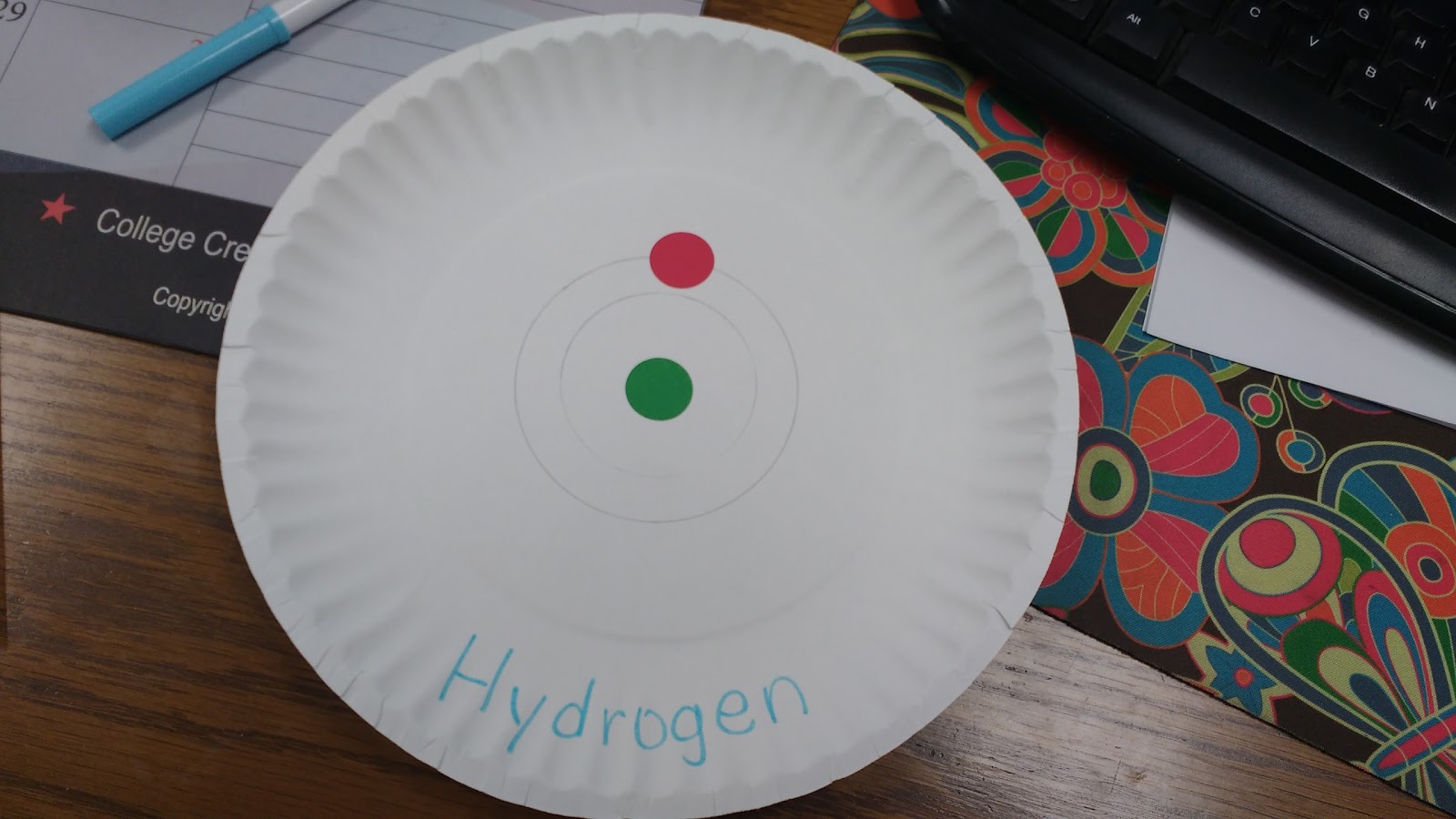
We used green dot stickers to represent protons, yellow dot stickers to represent neutrons, and red dot stickers to represent electrons. Originally, I was going to have them put 2 green stickers to represent 2 protons, but then I realized that when we got to element 20 it would become WAY too much. So, we used one green sticker for the protons, and we wrote the number of protons on that green sticker. Same for the neutrons. I had my students calculate the neutrons using the average atomic mass from the periodic table.
I didn’t take a picture of this stage of the project, but I had students draw their Bohr models on their dry erase boards and have them checked BEFORE moving on to the paper plate stage of the project. This helped clear up some misconceptions about how to make a Bohr model!
As students finished their paper plate bohr models, I asked them to arrange them on the floor at the front of the classroom as a periodic table. Here’s what it ended up looking like at the end of the period. The first thing you’ll probably notice is that there are not 20 elements. Some students did not finish in the allotted time. Also, one student just threw his plates on the ground, so they are most definitely NOT in the correct spot.

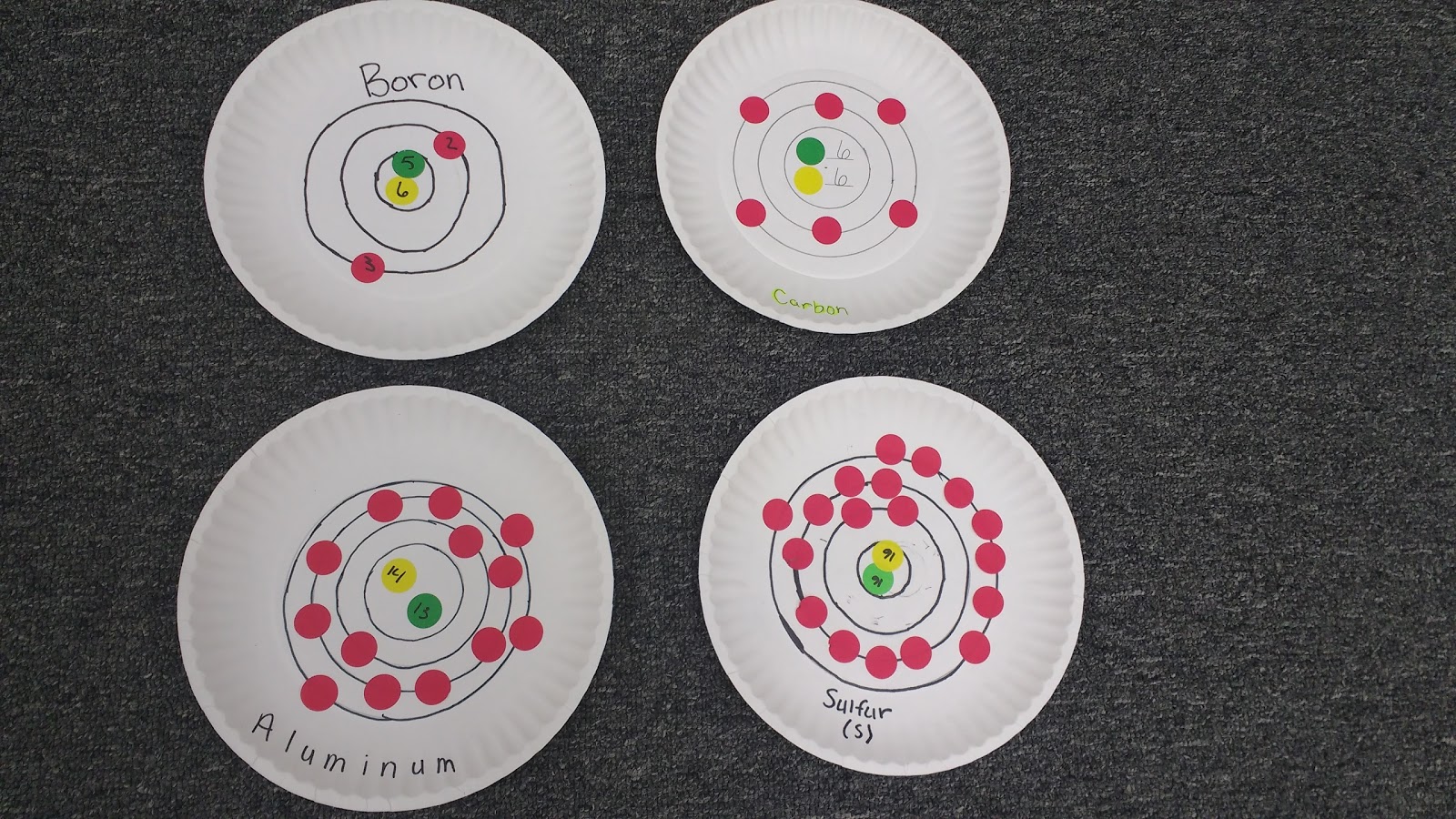
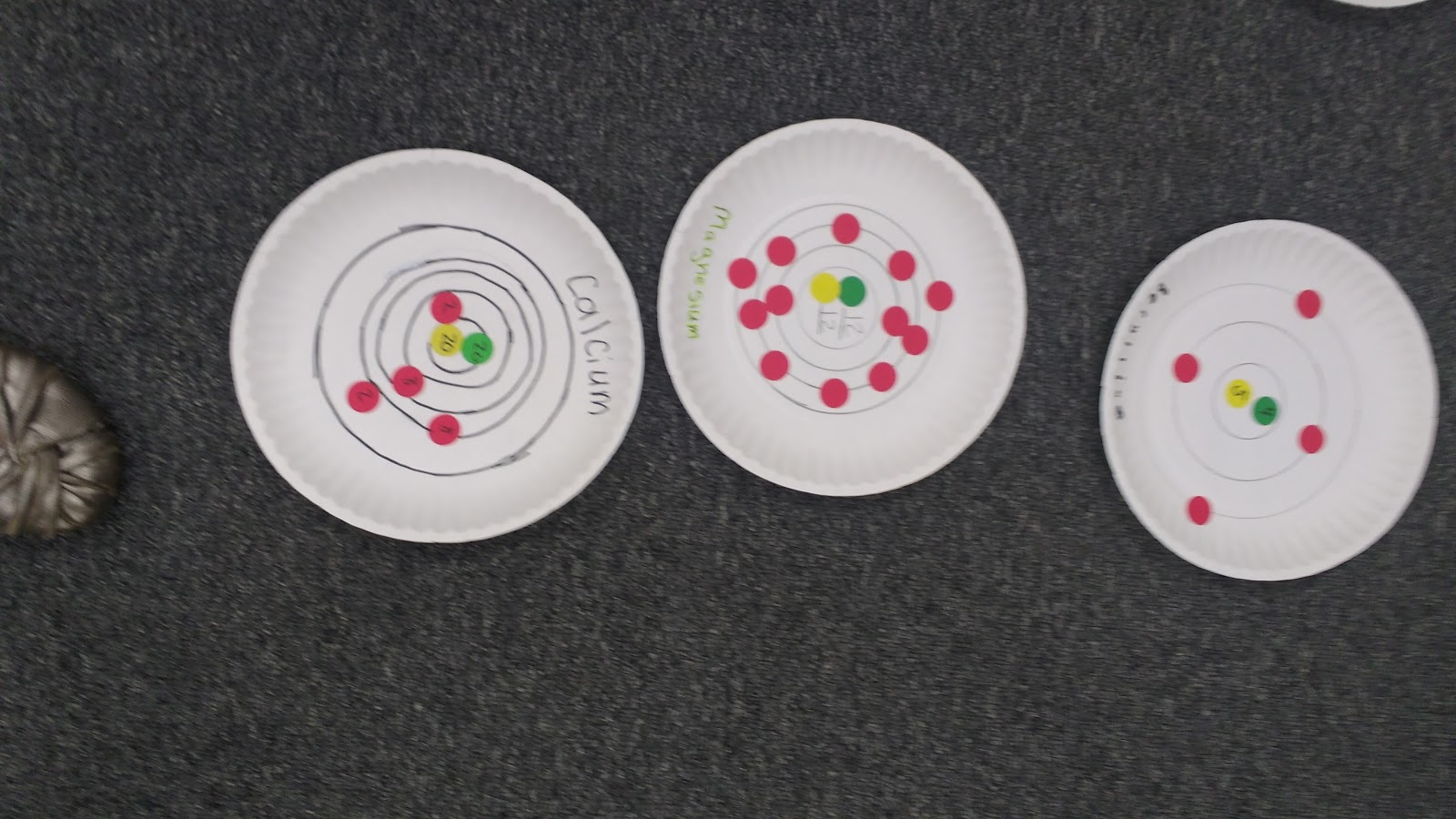
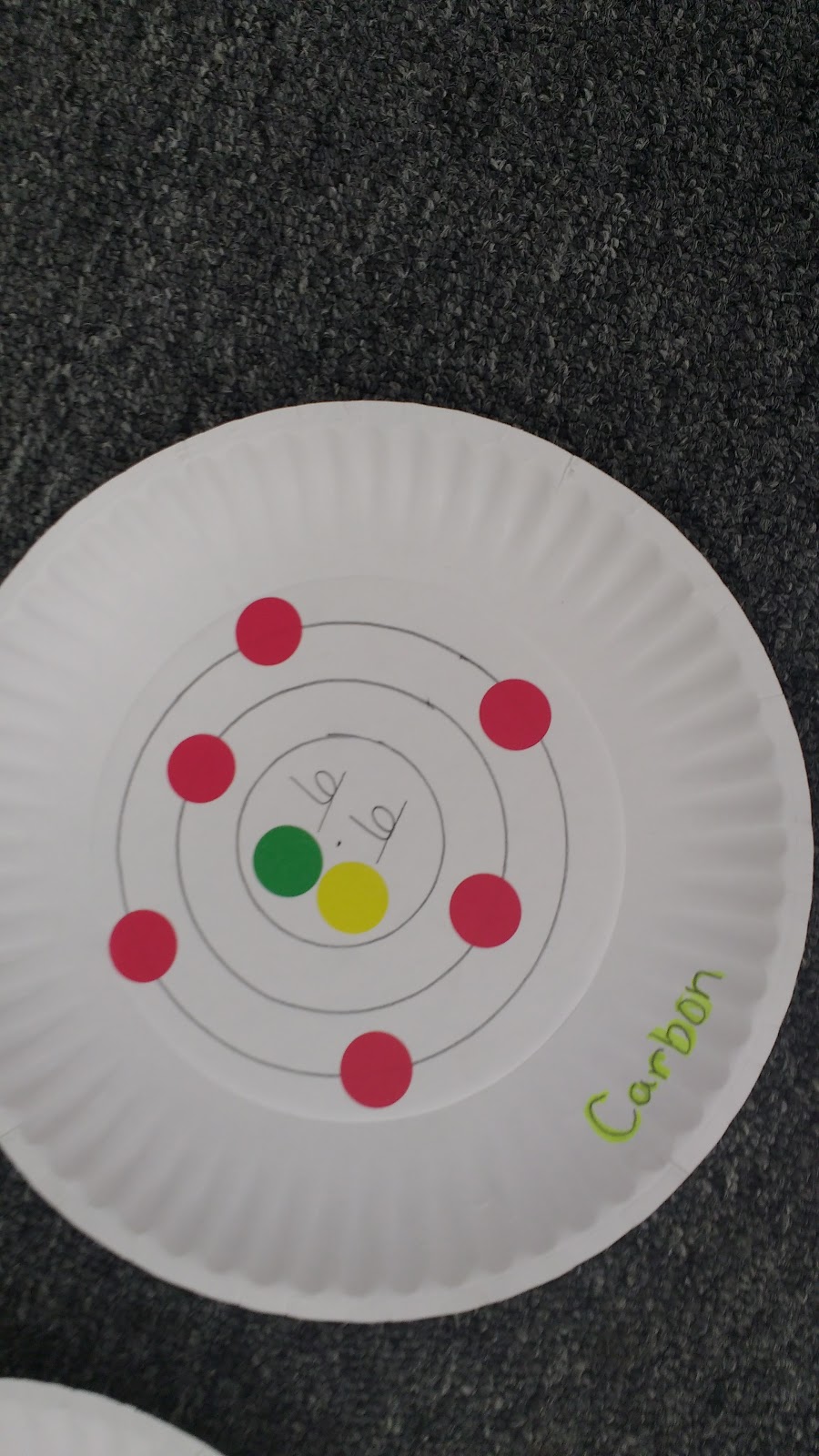
Special thanks to my husband for letting us borrow his compasses! This project is a definite keeper, and I look forward to building on it in the future if I get the chance to teach physical science again.
Some of the kids complained that their Bohr models weren’t very pretty because there is just SO much going on. This makes the perfect lead-in to why we’ll be moving to electron dot diagrams next!

